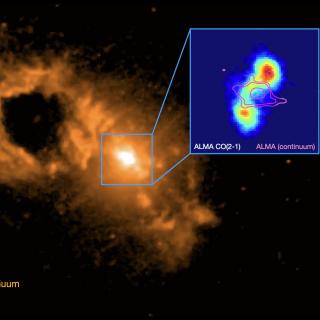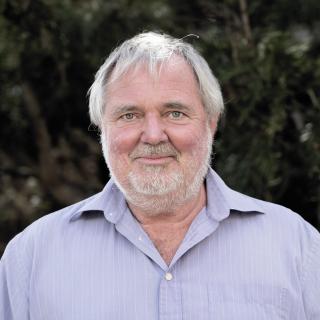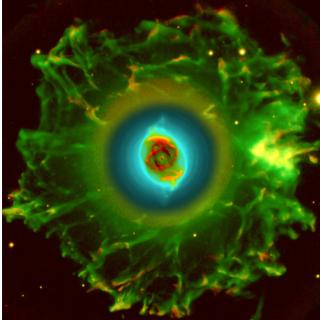
The gravitational force needed for the universe to evolve from when it was almost uniform, during the Big Bang, until galaxies, stars, and planets were formed is provided by the “dark matter”. But in spite of the essential role of this basic component, which is estimated to make up some 80% of the matter in the universe, scientists know virtually nothing about its nature, behaviour, and composition, which is one of the main challenges in current physics and cosmology. Aiming to give answers to these questions the researcher Diego Blas, Senior Lecturer in the Department of Physics of King’s
Advertised on




![MUSE view of PN M 1-42 Left panel: spatial distribution of the auroral [N II] λ5755 emission line in the PN M 1-42 prior to applying the recombination contribution. Middle panel: spatial distribution of the N II λ5679 recombination line. Right panel: same as left panel after applying the recombination contribution correction.](/sites/default/files/styles/crop_square_2_2_to_320px/public/images/media/image/figura.jpg?h=87b882e3&itok=_BiZgjuV)